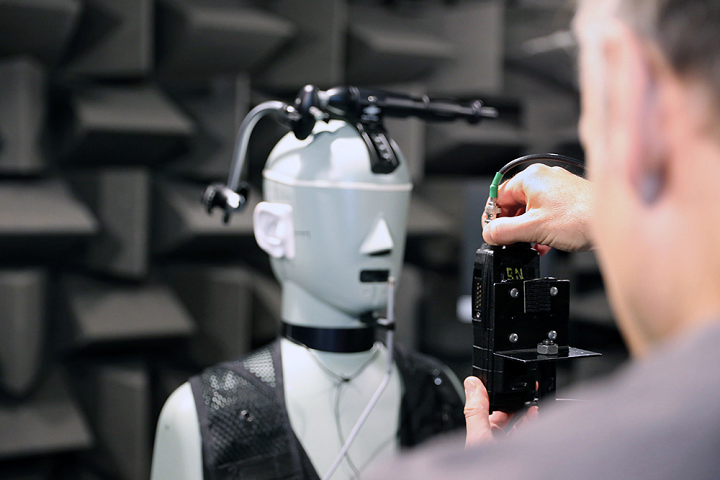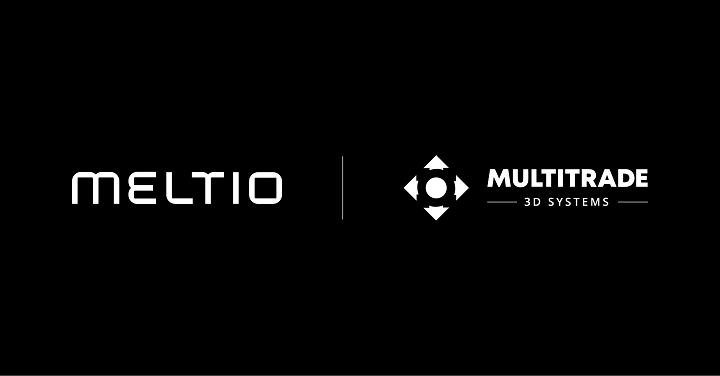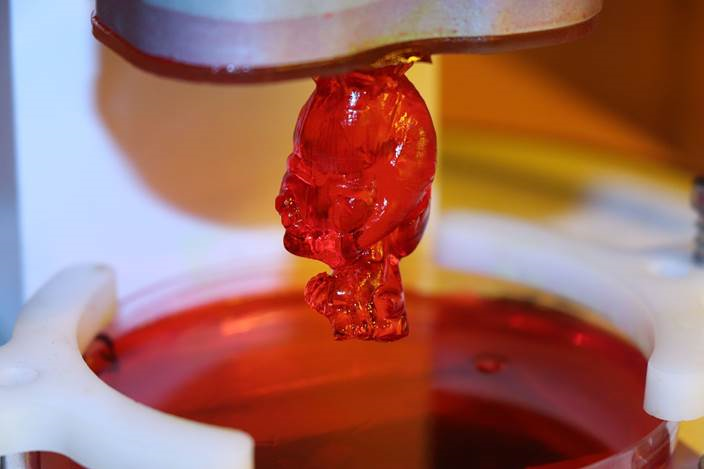Meltio has announced an official sales partner in the Sub-Saharan Africa region; this news begins our 3D Printing News Briefs today. Startup BIO INX, formerly known as XPECT INX, has incorporated, and secured four distribution partnerships. Finally, Sepura is using the Stratasys J35 Pro to reduce development time and improve design of telecommunications equipment.
Meltio Announces Multitrade 3D Systems as Sales Partner
First up, laser metal deposition leader Meltio announced that it has appointed Multitrade 3D Systems as its official sales partner in the Sub-Saharan Africa metal AM market. Multitrade 3D Systems was established in 2019 to support the engineering industry that its distributors support with subtractive manufacturing, and specializes in supplying high-quality metal 3D printing systems. It’s already the authorized GE Additive sales representative in South Africa, and now supports Meltio sales for Sub-Saharan Africa.
Meltio’s wire LMD technology, which is built around what it calls the cleanest, safest, and most affordable metal feedstock, enables industrial applications. As an official Meltio sales partner, Multitrade 3D Systems will play an important part in distributing and supporting the company’s metal 3D printing solutions to help increase growth in the region. Multitrade 3D Systems will work to build up a strong, supportive ecosystem for Meltio’s wire LMD systems in the Sub-Saharan Africa territory, and will partner with academia, technology centers, industry, robotic integrators, and tooling machine companies to drive business opportunities for Meltio’s solution.
BIO INX Incorporates, Announces Partnerships
Belgian biomaterials startup BIO INX BV, formerly known as XPECT INX, has rebranded during its incorporation process. The startup focuses on developing and commercializing high-performance bioinks for 3D printing tissues and cells in regenerative medicine applications. BIO INX mainly works on biomaterials for high-resolution laser-based AM methods, but offers equivalent inks for other types as well, so researchers can easily transfer from one technology to another with comparable material properties. Right now, BIO INX offers five inks for deposition-based printing, and four inks for multiphoton lithography, including one that allows for live cell encapsulation down to 1 µm resolution; the startup is currently developing materials for digital light projection technology, which will be commercialized in the near future. Additionally, BIO INX has four announced four distribution partnerships: Regemat 3D and FELIXprinters for deposition-based 3D printing, and Nanoscribe and UpNano for high-resolution printing.
“XPECT INX, allowed us to further develop the technology elaborated in our PhD research, and turn this into a viable product. We believe that launching BIO INX® was the best method to bring our technology from Academic research to real world applications,” said Jasper Van Hoorick, the CEO of BIO INX.
Sepura Using Stratasys J35 Pro to Improve Telecommunications Equipment

Stratasys’ J35 Pro 3D Printer is being used to produce key prototypes, including ID models for the latest generation of radios and functional test pieces for new battery development.
Finally, Sepura, a British telecommunications equipment provider, is using PolyJet 3D printing from Stratasys to improve the design, and reduce the development time, of its new products, reporting that it’s decreased model lead times by over 90%. Last year, Sepura purchased the compact Stratasys J35 Pro, and has integrated the multimaterial PolyJet system into its design operations, using it to print extremely realistic prototypes and cut prototyping from two weeks to a single day. Sepura designs, manufactures, and supplies digital mobile radio products and systems for commercial businesses and public safety, and its technology is used in a number of rapid response operations. So prototype models need to be true-to-life and easily validated for reliability, fit, and suitability. The J35, with a rotating build tray to minimize moving parts, hands-free soluble support removal, and the ability to print up to three materials, has been used to print several test models for Sepura’s latest generation of radios, and functional test pieces for battery development.
“The variety of materials available with the J35 Pro allows us to create accurate prototypes and means our customers receive a detailed tangible model they can hold in their hands, move and test. We have found Elastico™ material to be particularly beneficial – we are able to produce sealing prototypes that simulate the look, feel and function of rubber and can withstand repeated flexing and bending,” said Paul Tindall, Sepura’s Head of R&D.
Subscribe to Our Email Newsletter
Stay up-to-date on all the latest news from the 3D printing industry and receive information and offers from third party vendors.
You May Also Like
Further Understanding of 3D Printing Design at ADDITIV Design World
ADDITIV is back once again! This time, the virtual platform for additive manufacturing will be holding the first-ever edition of ADDITIV Design World on May 23rd from 9:00 AM –...
3D Printer Maker EVO-tech Reborn as NEVO3D — Once More With Feeling
EVO-tech was a 3D printing service and original equipment manufacturer established in 2013 and based in Schörfling am Attersee, Austria. The company produced high-quality material extrusion systems featuring linear bearings,...
3D Systems Brings 3D Printed PEEK Cranial Implant to the U.S. with FDA Clearance
For more than 10 years, 3D Systems (NYSE:DDD) has worked hand-in-hand with surgeons to plan over 150,000 patient-specific cases, and develop more than two million instruments and implants from its...
CDFAM Returns to Berlin for Second Annual Symposium
The second CDFAM Computational Design Symposium is scheduled for May 7-8, 2024, in Berlin, and will convene leading experts in computational design across all scales. Building upon the first event...

































